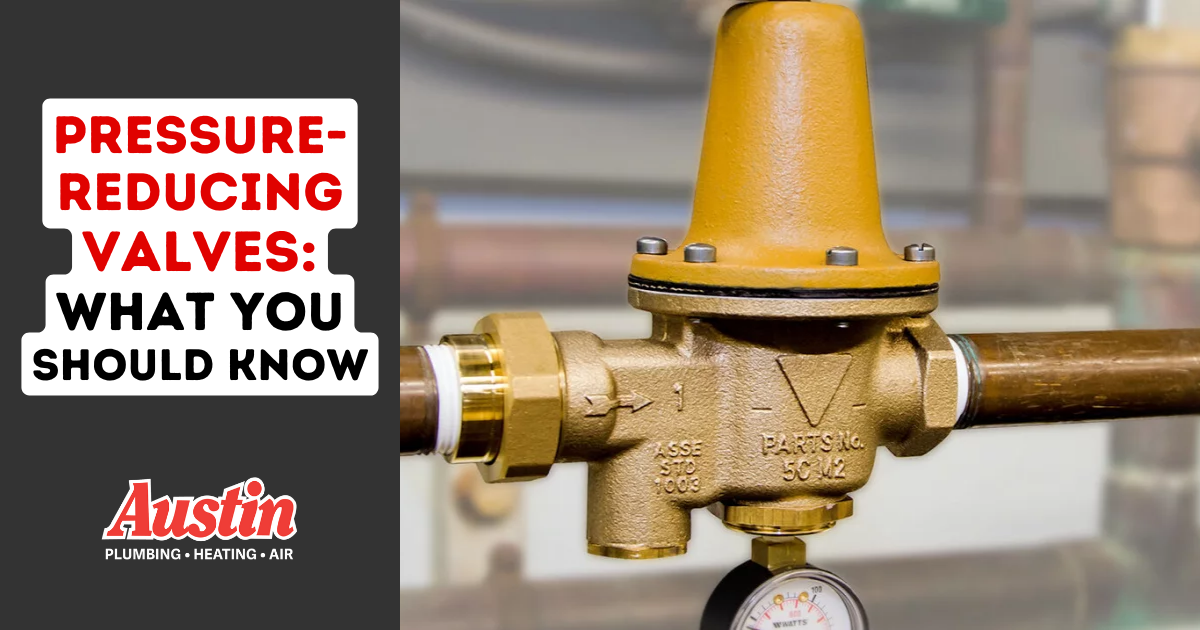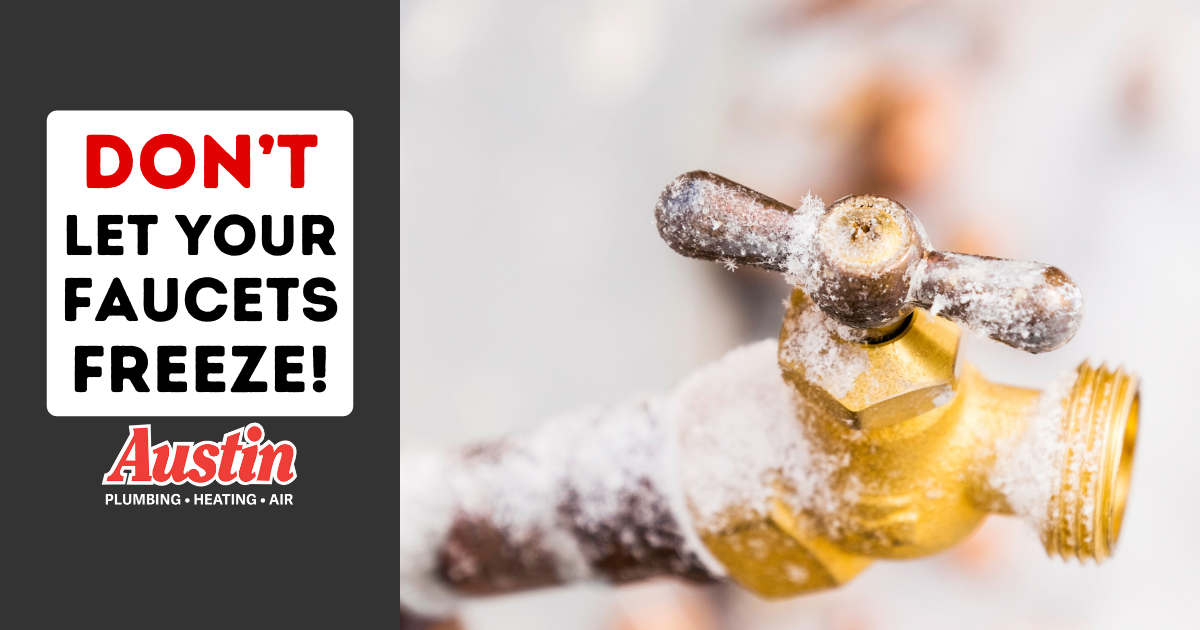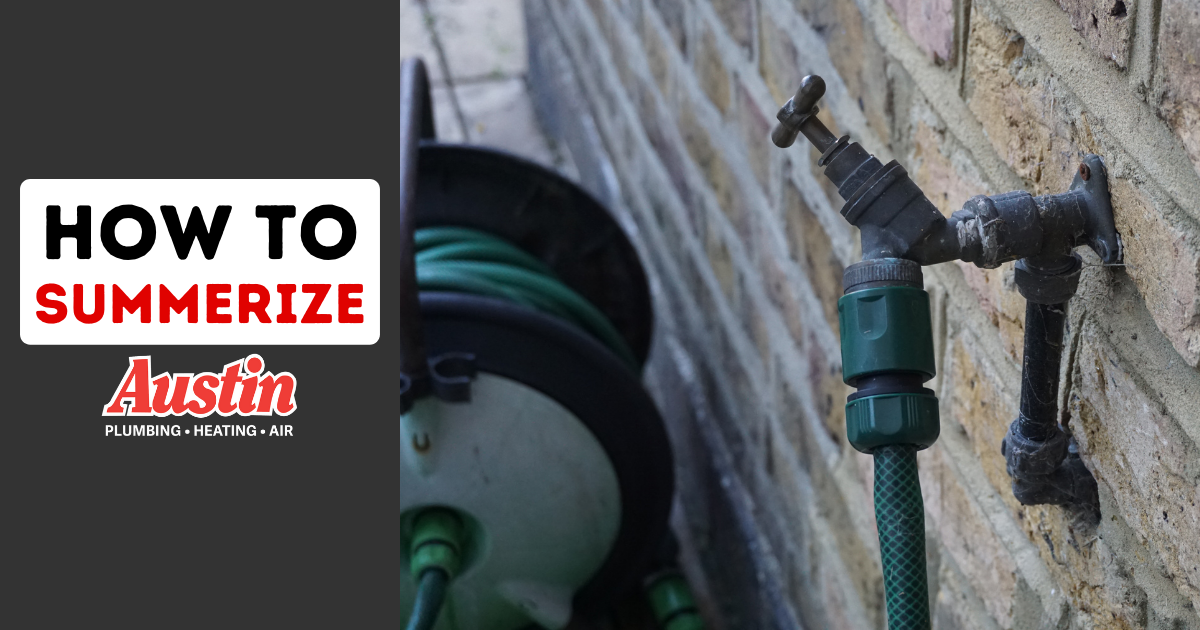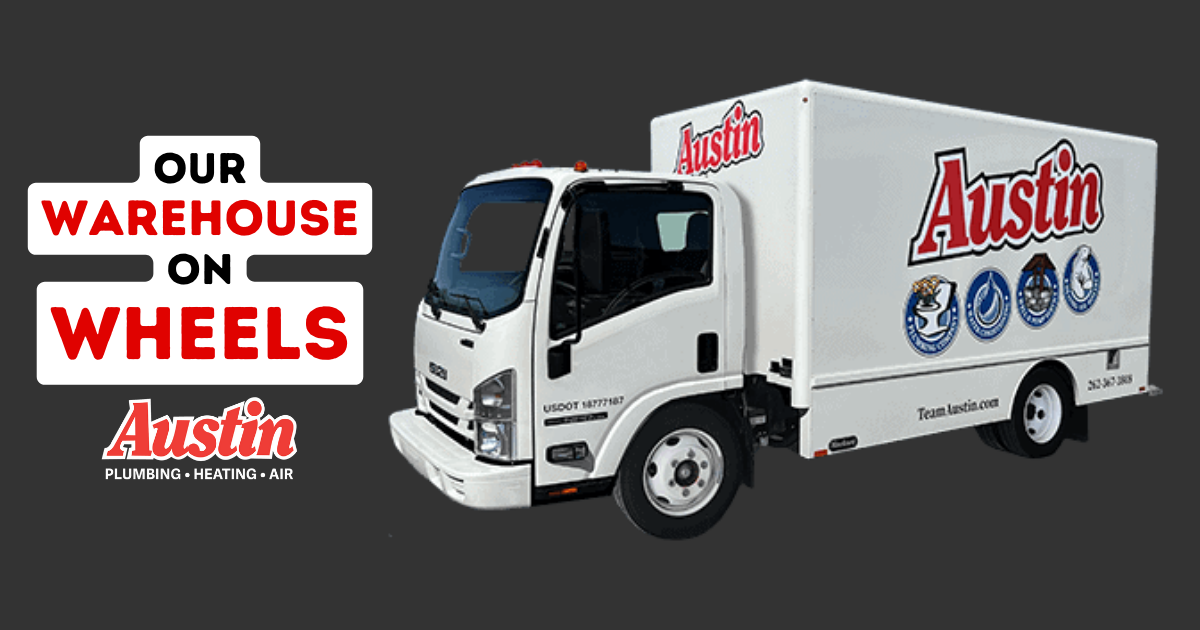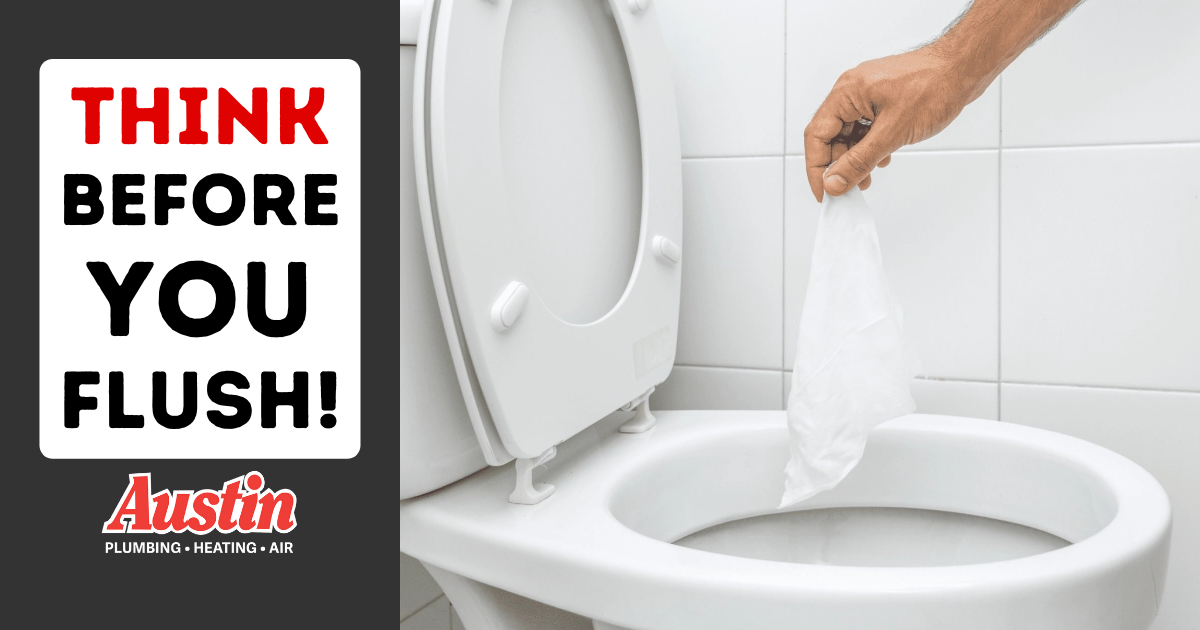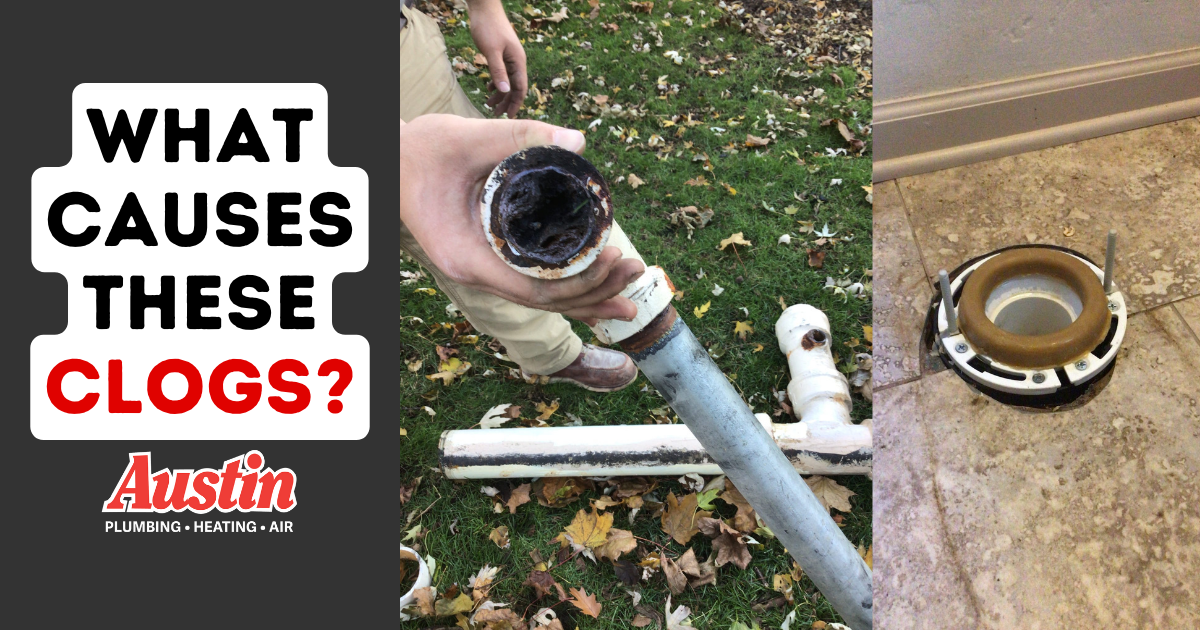Hose Bibb Winterization: Easy Guide to Winterizing Your Hose Faucets
Written by Eric Smith on . Posted in Plumbing. No Comments on Hose Bibb Winterization: Easy Guide to Winterizing Your Hose Faucets
Guide: Summerizing Your Hose Faucet
Written by Eric Smith on . Posted in Plumbing. No Comments on Guide: Summerizing Your Hose Faucet
Our Plumbing, Heating, and Air Conditioning Warehouse on Wheels
Written by Eric Smith on . Posted in About Austin Plumbing, Heating & Air, Air Conditioning, General HVAC, Plumbing. No Comments on Our Plumbing, Heating, and Air Conditioning Warehouse on Wheels
Will it Flush? 3 Things You Should Know About a Popular Bathroom Product
Written by Eric Smith on . Posted in Plumbing. No Comments on Will it Flush? 3 Things You Should Know About a Popular Bathroom Product
Common Causes of Clogged Drains and Sewer Lines
Written by Eric Smith on . Posted in Plumbing. No Comments on Common Causes of Clogged Drains and Sewer Lines
